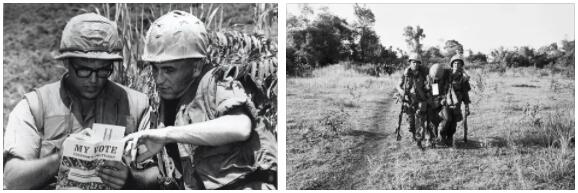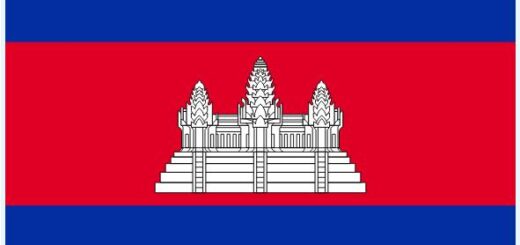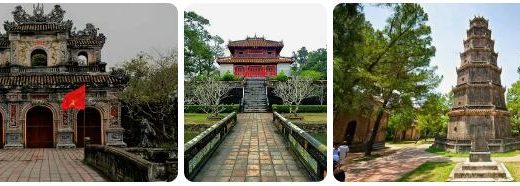History of Vietnam
The oldest state association on the territory of Vietnam arose in 2000 BC. In the 3rd century BC. it was called Aulak. This civilization in the 2nd c. BC. was taken over by the Han Empire. In 938, the Vietnamese achieved independence and in the end. 10th c. formed an independent state of Daikovet (Great Ancient Viet), from 1069 – Daiviet (Great Viet).
In the 11th-14th centuries. Dai Viet is one of the largest states in Southeast Asia. In the 13th century Dai Viet was invaded by Mongol troops three times, but the people defended their independence. In the beginning. 15th c. The ruling Ming dynasty in China enslaved Dai Viet. As a result of the popular liberation movement (1418–27), the Chinese were expelled from the country. In the 16th-19th centuries The Vietnamese State falls into decay and actually splits into two parts. In con. 18th century an uprising of the rural and urban lower classes under the leadership of the Teishons eliminated the power of the warring feudal groups, removed the Le dynasty from power. In 1786, the Teishons united the country, and in 1789 they defeated the troops of the Qing dynasty. In 1802 the Taishon state fell. The power of a new dynasty was established – Nguyen (1802-1945). Dai Viet was renamed Vietnam in 1804. Check equzhou for political system of Vietnam.
The colonization of Vietnam by France began in 1858 and ended by 1884. Japan’s capitulation in 1945 created favorable conditions for the successful implementation of the August Revolution. On September 2, 1945, in Hanoi, Ho Chi Minh, on behalf of the provisional government, proclaimed the establishment of the Democratic Republic of Vietnam (DRV).
In March 1946, France recognized the independence of the DRV, and in September of the same year it unleashed a colonial war against it, which lasted 8 years until the defeat of the French troops near Dien Bien Phu in May 1954.
In accordance with the Geneva Accords (July 1954), Vietnam was divided into two parts along the Benhai River, south of the 17th parallel. In October 1955, the South Vietnamese authorities, in violation of the Geneva agreements on holding general elections, proclaimed the Republic of Vietnam in the south. From that moment on, the United States began to openly interfere in the affairs of Vietnam.
From 1965 to 1973, the US Armed Forces took a direct part in operations against the liberation movement in southern Vietnam and waged an air war against the DRV. Having failed to achieve the desired results, the United States was forced to sign in Paris on January 27, 1973, an agreement to end the war and restore peace in Vietnam. Deprived of American support, in the spring of 1975 the Saigon regime fell. On April 30, 1975, Saigon was liberated.
On April 25, 1976, general elections were held for the National Assembly of a united Vietnam, which adopted a decision on July 2, 1976, to reunify Vietnam and create the Socialist Republic of Vietnam.
The first steps towards the transition from a centralized economy to a market economy were taken in Vietnam as early as 1979. As a strategic course covering almost all spheres of society, the renewal policy began after the VI Congress of the Communist Party of Vietnam in 1986.
1980-90s became a period of fundamental qualitative changes in the economic and socio-political development of Vietnam. The disruption of traditional economic ties that followed the collapse of the USSR, as well as the stagnation in Vietnam itself, forced the country to develop its own development strategy. Check homeagerly for democracy and human rights of Vietnam.
From the beginning 1990s Vietnam demonstrates steady economic growth at the level of 6-8% per year. Vietnam manages, with varying degrees of success, to solve economic and domestic political problems, to feel very comfortable in the regional community.
The renewal policy opened a qualitatively new stage in the life of society. From a semi-feudal and semi-socialist state, Vietnam has entered the 21st century. with its own development model and its own ambitions. Currently, the SRV maintains diplomatic relations with 167 states.



